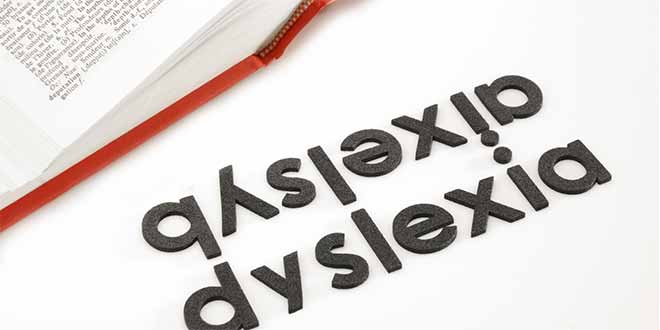
How to Tell if Your Child is Dyslexic?
A very commonly word called “dyslexia” is now recognized and used often for those that have difficulties reading and writing. During early ages, we are taught to start reading books which makes communication easier and language simpler.
Nevertheless, reading is a complex and stimulating task for our brains to function. So, for those that aren’t so great at reading, don’t put yourself down as many children including adults struggle with it. It shouldn’t come to a surprise if your child seems to be struggling.
Stats reveal that about 15% to 20% of the US Population owns this specific reading disability called dyslexia, which then leads to the difficulty of reading out loud in class. The person suffering from this challenge can become very frustrated and low on self-esteem, especially if it is not diagnosed at an early stage. With time, there good news has arrived for those that may suffer of dyslexia that it can be now identified at an early stage and be taken care of easily.
Diagnosing dyslexia can be easy as and difficult as taking a candy from a baby. It takes great attention and care to figure out that a person is dyslexic. Most cases, it becomes apparent when the child is in elementary school but, for others it doesn’t become visible till the child is older and reads more difficult material. A delay in recognition of dyslexia can lead to bigger reading problems and make the person self-doubting. It is important to recognize the symptoms at an early age around 5-12, and begin with a special trained teacher that deals with dyslexic children.
In preschool and elementary school kids, some signs of dyslexia include difficulty with:
• learning to talk
• pronouncing longer words
• rhyming
• learning the alphabet sequence, days of the week, colors, shapes, and numbers
• learning letter names and sounds
• learning to read and write his or her name
• learning to identify syllables (cow-boy in cowboy) and speech sounds (phonemes: b-a-t in bat) in words
• sounding out simple words
• reading and spelling words with the correct letter sequence (“top” versus “pot”)
• handwriting and fine-motor coordination
Older kids, teenagers, and adults might have these same signs of dyslexia and probably also will:
• read and spell far below grade level
• avoid reading and writing
• work slowly on reading and writing assignments and tests
• struggle with learning a foreign language
Gratefully, with proper awareness and help of assistance, most dyslexic kids are able to learn to read and develop their own strategies that can help them to stay in the regular school classes. Speech-language therapists play a major role in our society, as they are specially trained as a teacher, tutor and reading writing specialist to help your child and manage their condition.
Even with the greatest help, kids that are dyslexic may find school to be a struggle which can demotivate their personalities, as they grow. Support of parents and loved one’s is a very important key in encouraging and helping out your child read and write at home.
Try to let them have opportunities such as, motivating them to join sports or take part in things they like to do productively, or take up a hobby, which will boost their confidence. Great famous people such as, Jim Carrey, Jennifer Aniston, Muhammad Ali, Albert Einstein, Leonardo De Vinci and many more have dyslexia. So take this as a gift, to overcome and conquer!

